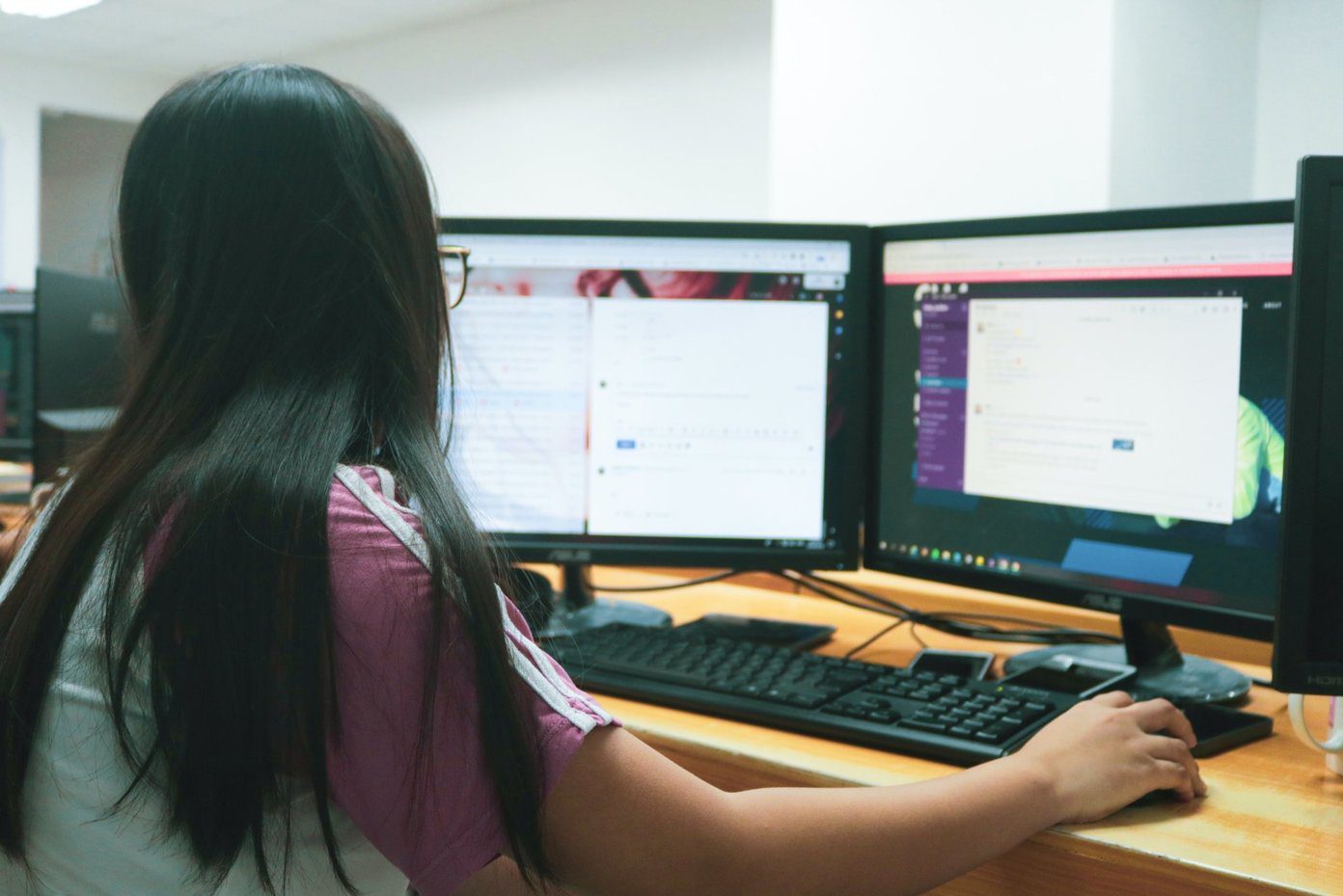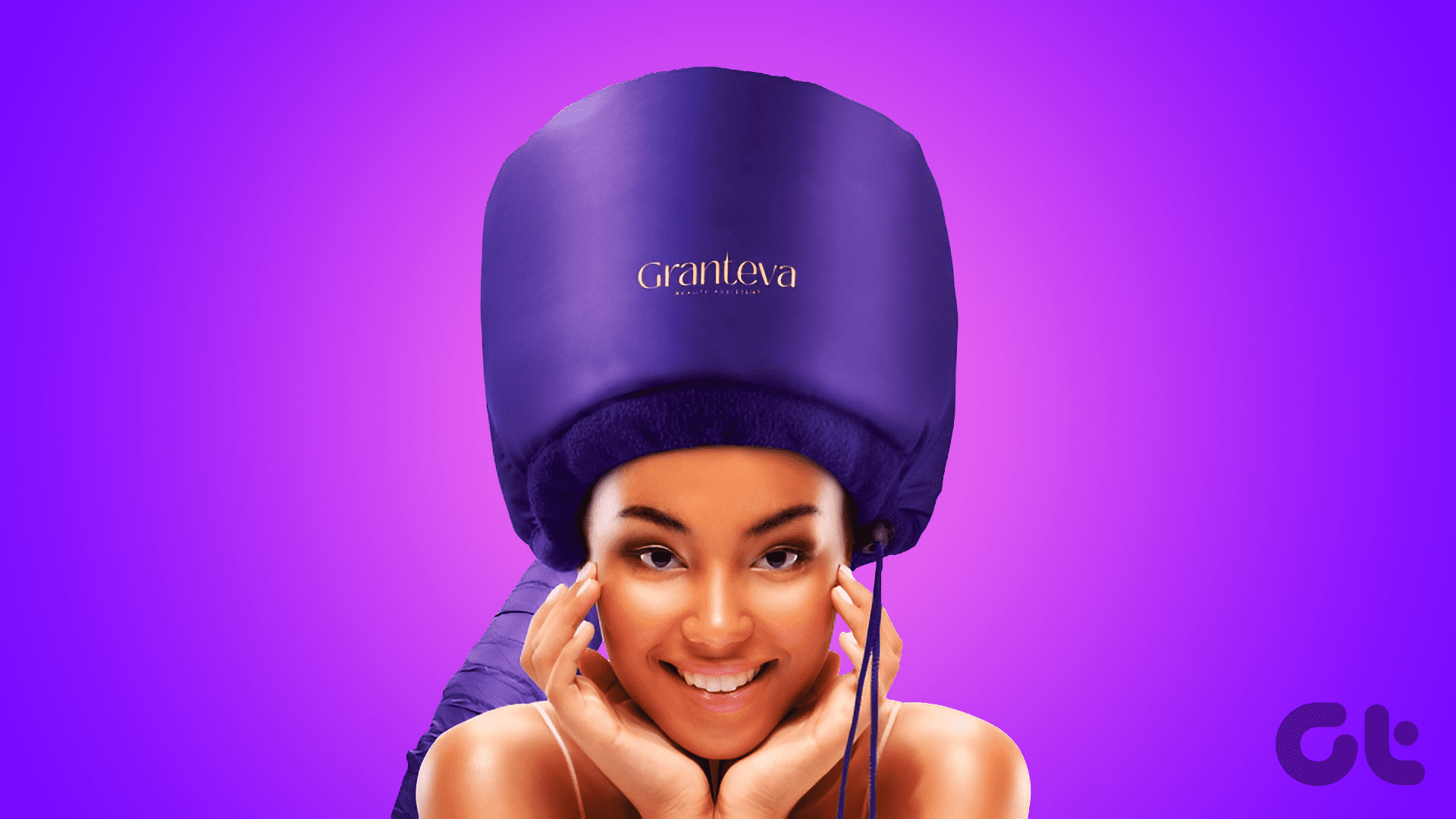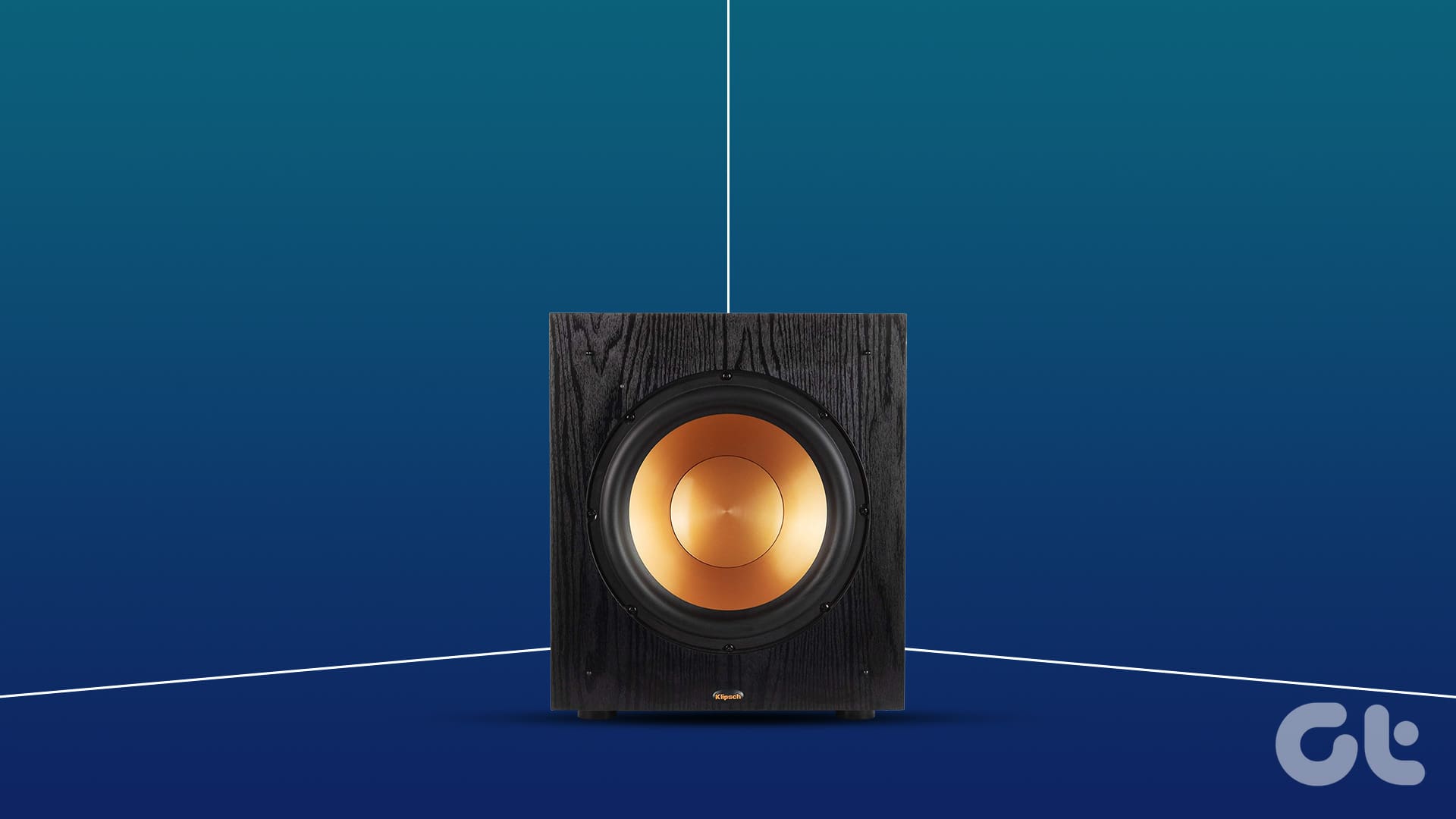The Google Pixel 8 Pro has already garnered acclaim for its impressive camera prowess. But with the December feature drop, Google took things a step further by introducing Video Boost, a powerful tool that elevates your videography game. Forget shaky low-light footage and washed-out colors, thanks to this all-new feature. If you’re wondering how to use video boost on your Pixel 8 Pro, we’ve got you covered.

In this guide, we’ll show you how to enable and use Video Boost to record improved videos on your Pixel 8 Pro. Whether you’re a budding videographer or want to document life’s precious moments with stunning detail, this feature will soon become your favorite Pixel trick. So, let’s get to it.
What Is Video Boost in Pixel 8 Pro
Video Boost is a computational video enhancement feature that utilizes Google’s advanced algorithms to improve the overall quality of your recordings. It tackles common pain points like low-light noise, washed-out colors, and shaky footage, resulting in smoother, brighter, and more vibrant videos.

Additionally, thanks to the Google Tensor G3, the phone uses computational photography models to tweak color, lighting, stabilization, and graininess skillfully. Not only that but Video Boost also empowers Night Sight video on the Pixel 8 Pro. Through the magic of AI, it applies noise reduction to videos shot at night or in low-light situations, ensuring you witness vibrant details and colors.
How to Turn On and Use Video Boost in Pixel 8 Pro
As complicated as Video Boost sounds, the good part is that, as the user, you hardly have to do anything. All the action happens behind the scenes, and you only need to change a couple of settings. Here’s how to enable and use Video Boost on your Pixel 8 Pro.
Step 1: Open the Google Camera app on your Pixel 8 Pro. Inside, switch to Video mode by tapping on the camcorder icon.
Step 2: Now, open the Video Settings. You can do this by tapping the gear icon or swiping up from the bottom of the screen.


Step 3: Here, find the Video Boost option. Tap on the camcorder icon with a sparkly star on top to enable it.
You should now get the same icon in the top-left corner of your screen. This indicates that Video Boost is now enabled.


That’s it. Head out and start recording. Your Pixel 8 Pro will now capture footage with enhanced quality. It’s worth noting that the initial default settings for Video Boost are 4K resolution, SDR (10-bit HDR off), and 30 frames per second (FPS). You can adjust them from the camera settings.


Additionally, the magic of Video Boost happens on Google Photos. Like the Magic Editor, your video will first be uploaded to your Google Photos account and then be processed. Once done, you can view it alongside the original in your gallery, like a polished gem alongside its rough-cut counterpart.
How Video Boost Uses Your Storage Space
Considering the amount of processing it requires and the heaps of data it goes through, at the time of writing, Video Boost has a maximum recording limit of 10 minutes. Also, during the time that it processes the video, Video Boost creates a temporary file during recording. This serves as the raw material for its computational enhancements. While the temporary video file is still being boosted, it doesn’t use your Google Photos storage space on the cloud.
However, you may notice that the temporary file can take up available storage space on your phone. Additionally, Video Boost follows the backup settings that you’ve set in Google Photos. For instance, if you’ve set Google Photos to backup videos on Wi-Fi only, the feature will neither upload nor download over mobile data.
Record High-Quality Videos
That’s how you use the video boost feature on your Pixel 8 Pro. The Pixel 8 Pro already offers Magic Editor and Best Take, amongst other excellent features. Now, with video boost, the world is your cinematic canvas. Whether you’re a seasoned director or a curious novice, this phone empowers you to capture life’s beauty in stunning detail and share your unique vision with the world.
So go out, start recording, and let your phone make your footage even better. However, be patient since uploading your video and processing it can take some time.
Was this helpful?
Last updated on 30 December, 2023
The article above may contain affiliate links which help support Guiding Tech. The content remains unbiased and authentic and will never affect our editorial integrity.



